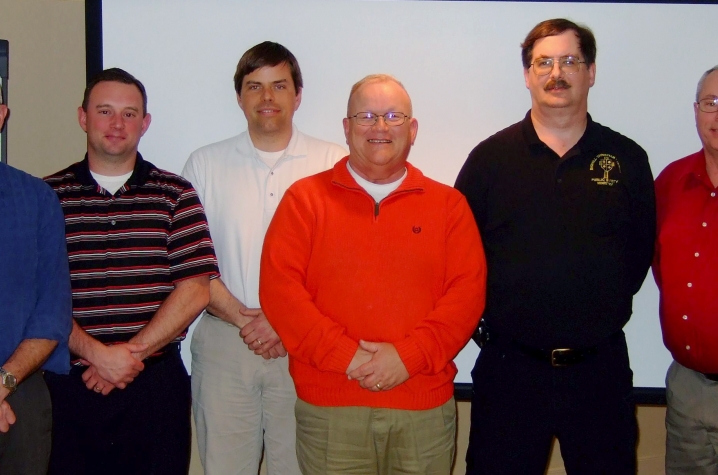UK Grant Supports Pedestrian Safety Initiatives in Lexington, Louisville and Madison County

LEXINGTON, Ky. (April 1, 2014) — Heavy traffic, more motorists on the roadways and distracted drivers and walkers are all factors that have contributed to pedestrian safety issues in three Kentucky communities. In the past four years, 79 pedestrian fatalities and many more injuries have occurred in Louisville Metro, Lexington-Fayette County and Madison County.
Kentucky was one of four states recently awarded a grant from the Safe States Alliance to implement a multidisciplinary model for improving pedestrian safety in these three communities. The grant was acquired by the Kentucky Injury Prevention and Research Center (KIPRC), a unified state and academic agency dedicated to injury prevention housed at the University of Kentucky. In addition to funding travel and training for a six-member team of officials representing the state, the grant provides $40,000 for resources and seed funding for community-tailored pedestrian safety initiatives.
Members of the team include: Alvin Cook, police officer and grants manager for the Lexington Fayette-Urban County Division of Police; Brad Franklin, internal policy analyst for the Kentucky Office of Highway Safety; Dirk Gowin, engineering project coordinator for the Louisville Metro Department of Public Works; Lloyd Jordison, health education coordinator for Madison County Health Department; Brent Webber, industrial hygienist for University of Kentucky Occupational Health and Safety; and Robert McCool, program manager for KIPRC. The team's workshop training was held March 17-20 in Washington, D.C., and engaged the team in classroom lectures based on the Healthy Communities curriculum, live neighborhood safety inspections and open discussions.
"Changing pedestrian safety is not something you can do with one group or one strategy," McCool said. "You have to have a holistic approach. The goal of this is to bring together people from multiple disciplines and develop group plans and processes that we can take back to communities and help them tailor those plans to their communities."
Moving forward, the team will collect data and recruit a variety of stakeholders — from political officials to engineers to concerned citizens — within each community to collaborate on projects. The team will help identify opportunities to improve pedestrian safety that are unique to specific areas of the targeted communities and provide technical support and seed funding for projects. Examples of improvements could include uncluttering sidewalks, integrating walkability measures along roadways, teaching drivers and pedestrians to share roadways safely, and providing clearer pedestrian signage. McCool said systemic change is more likely when many individuals, organizations and leaders are working together.
"A key factor is the need to integrate pedestrian safety with other community initiatives," McCool said. "It's not just a matter of improving crosswalks, sidewalks, roadway design or education — it's all of those things."
MEDIA CONTACT: Elizabeth Adams, elizabethadams@uky.edu




